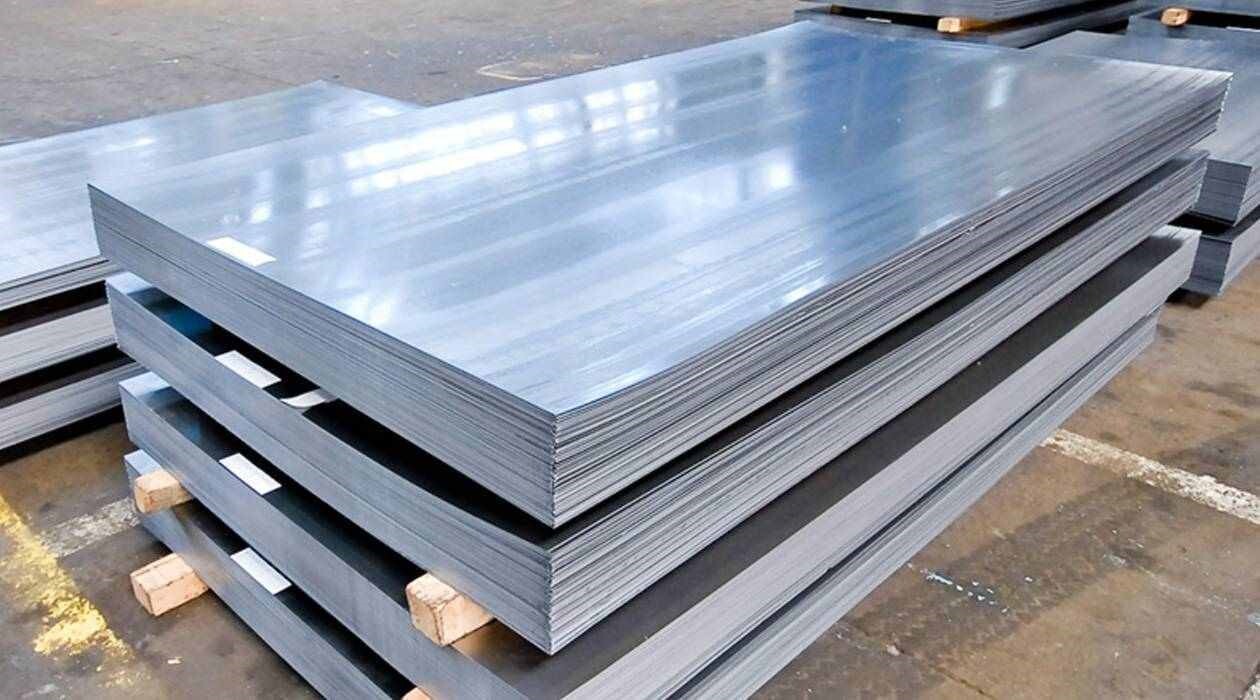

This week, the overall operating rate of China's downstream aluminium processing leading enterprises rose by 0.8 percentage points M-o-M to 59.5 per cent, indicating a mild market recovery. In specific segments, the operating rate of primary aluminium alloy increased by 1.0 percentage points to 56.6 per cent, with a notable increase in primary aluminium consumption by top-tier enterprises. The operating rate of aluminium plate/sheet and strip rose by 1.0 percentage points to 65.0 per cent, driven by stockpiling orders for can stock, automotive sheets, and other peak-season products. The operating rate of aluminium wire and cable increased by 0.8 percentage points to 62.6 per cent, as the accelerated power grid construction cycle boosted terminal cargo pick-up.

The operating rate of aluminium extrusion slightly rose by 1.0 percentage points to 50.5 per cent, with automotive and PV orders maintaining growth, while construction extrusions remained sluggish. The operating rate of aluminium foil rebounded by 0.9 percentage points to 69.3 per cent, mainly driven by the restart of air-conditioner foil production lines and the recovery of decorative foil demand. The operating rate of secondary aluminium slightly declined by 0.1 percentage points to 53.0 per cent, as the off-season and ongoing losses continued to exert pressure, and policy impacts forced producers to cut production. It is expected that the aluminium wire and cable, aluminium plate/sheet and strip sectors will continue their upward momentum in late August, while the approaching traditional peak season of "September-October peak season" may further boost demand for aluminium foil and aluminium extrusion.
Primary Alloy: This week, the operating rate of primary aluminium alloy rose by another 1.0 percentage points M-o-M to 56.6 per cent, continuing the recovery trend since July. Against the backdrop of sluggish production growth in the primary aluminium processing sector (aluminium billet/rod), primary aluminium alloy has become an important outlet for liquid aluminium consumption. Some enterprises have maintained capacity utilisation rates by adjusting their product mix. The weekly primary aluminium consumption of a certain top-tier enterprise increased significantly by nearly 10 per cent M-o-M, while another enterprise's production also climbed synchronously, indicating an accelerated process of liquid aluminium alloying. However, it should be noted that the uncertainties surrounding the tariff war have eased somewhat this year, coupled with tentative restocking by downstream producers for the traditional peak season of "September-October peak season", leading to a short-term rebound in primary alloy orders. However, the current increase is mainly concentrated among large-scale enterprises with stable orders, while the production schedules of small and medium-sized enterprises remain constrained by weak end-use demand. Therefore, SMM maintains a baseline judgment of a weak and stable recovery, expecting the operating rate to continue climbing to around 57 per cent in the third week of August. However, due to insufficient substantive improvement in end-use demand, the upside room is limited. Subsequent attention should be paid to the seasonal disruptions caused by high-temperature holidays and the risk of narrowing growth in automotive production.
Aluminium Plate/Sheet and Strip: This week, the operating rate of leading enterprises in the aluminium plate/sheet and strip sector continued to increase by 1 percentage point M-o-W to 65.0 per cent. Aluminium prices stabilised at RMB 20,700 per tonne during the week, and the enthusiasm for cargo pick-up among some downstream clients rose again. Coupled with the gradual approach of the traditional peak season, some aluminium plate/sheet and strip enterprises saw an increase in orders on hand, leading to a continuous climb in the operating rate. By product, can stock enterprises reported that their current orders on hand were pre-orders for the Mid-Autumn Festival and National Day consumption stockpiling in late September. Other products, such as curtain wall panels, automotive panels, and 3C materials, also saw downstream clients gradually starting stockpiling actions for the peak season, thus supporting the recovery of the operating rate. As of this week, although downstream stockpiling during the transition from the off-season to the peak season in August fell short of expectations, there was still a certain gap compared to the same period last year, which was sufficient to support enterprise operations. It is predicted that under the premise of stable aluminium prices, the operating rate of aluminium plate/sheet and strip is expected to continue to recover in mid-to-late August.
Aluminium Wire and Cable: This week, the operating rate of leading enterprises in the aluminium wire and cable sector stood at 62.6 per cent, ending two consecutive weeks of flat performance and witnessing a 0.8 percentage point M-o-W increase. The main reason for the rise in the industry's operating rate was the acceleration of terminal cargo pick-up as the power grid construction cycle approached. However, various parts of the industry are still in a state of disrepair. Orders for aluminium alloy cables are slightly weaker compared to H1, while enamelled wire orders are also operating in the doldrums due to the off-season and the non-implementation of policy subsidies. In terms of orders, the third batch of UHV (Ultra-High Voltage) and the fourth batch of power transmission and transformation material tenders are still ongoing. The third batch of UHV tenders mainly supplement the line materials for the Datong 1000KV UHV line project, involving only 5,000 tonnes of conductor and ground wire orders. In contrast, the power transmission and transformation projects have tendered over 100,000 tonnes of conventional conductors + energy-saving conductors, which will be delivered in a staggered manner from November 2025 to April 2026. Various enterprises are expected to receive additional new orders on hand. SMM believes that the operating rate of aluminium wire and cable will be in a stage of slow increase in mid-to-late August, and the industry is expected to emerge from the off-season and transition back to the concentrated delivery cycle of the industry.
Responses








